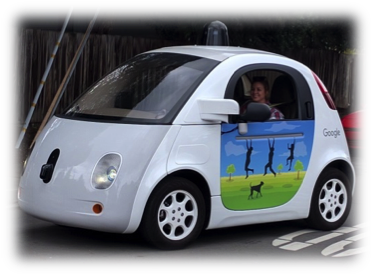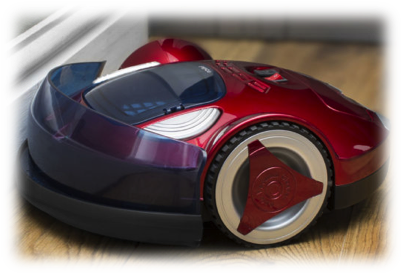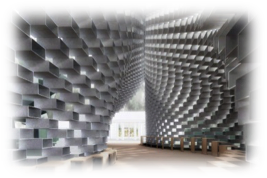New technologies
New technologies can be defined as ‘those that are currently being developed or will be developed in the next 5 to 10 years, and which will alter our living environment.’
New technologies include a variety of technologies within artificial intelligence, biometrics, robotics, virtual reality and many more.
Artificial Intelligence
This area will focus on creating computer systems that mimic or simulate human intelligence. Artificial intelligence is where machines are programmed to imitate a human.
Effects
Cars that can self-park already exist and cars that drive themselves are also available. These could drastically reduce road accidents.


People can leave them running whilst they enjoy extra spare time.
Biometrics
Biometrics is where parts of a person's body are used for identification purposes. Examples used are finger prints.


Voice recognition - pitch, tone and frequency of voices are unique and can be analysed to identify people.
Effects
Secure phones - we use our mobile phones for everything from social media to shopping online. They need to be as secure as possible in order to protect the valuable data that they contain. A Smartphone now uses fingerprint readers, retina or voice recognition technology to identify the true owner. It will not unlock for an individual it does not recognise.
Robotics
Robots are used to perform a wide range of physical tasks – sometimes very difficult tasks.
- Manufacturing robots - performing repetitive tasks such as welding
- Carrier robots - carrying heavy loads over dangerous terrain
- Domestic robots - used to perform cleaning tasks such as vacuuming
- Exploration robots - used to visit and send images from other planets
Impacts
Robots can safely carry out tasks that are sometimes too dangerous for humans – such as defusing bombs, and search and rescue operations in buildings destroyed by earthquakes. Robots are used in spraying cars to speed up the process, provide consistency and reduce costs.


If robots can carry out domestic chores, this frees up more time for us to spend as we wish. This could mean more time spent at work or for more enjoyable activities such as socialising.
Virtual reality
Virtual reality is where computers are used to create an artificial environment that users can interact with as if it were real.
Eye Goggles produce the 3D images that make up the artificial world. The goggles project slightly different views into each eye and this fools your brain into thinking that the scene is 3D. Virtual chairs look solid.

Impacts
Virtual buildings allow designers and architects to walk around to experience what the building would look like when completed and check for potential errors before the actual building is constructed.

Virtual buildings will also be able to be tested against factors such as earthquakes to see what effects they would have on the current design.
This allows designers and architects to modify designs quickly and cheaply and will, potentially, allow for the development of much larger and safer buildings than we currently have.


